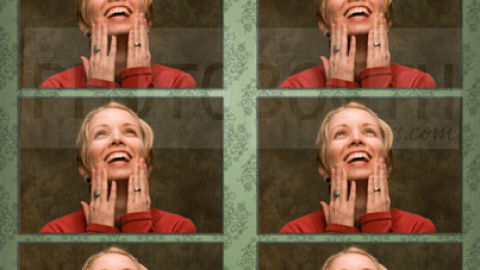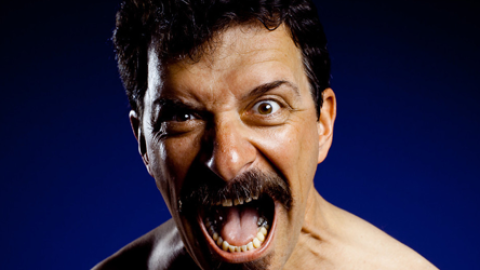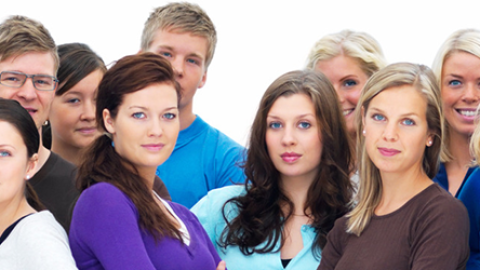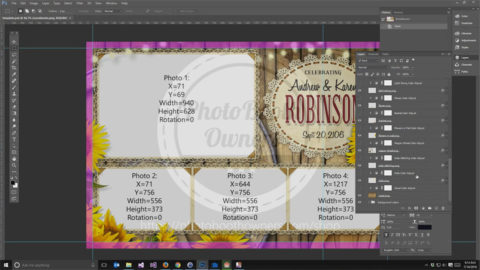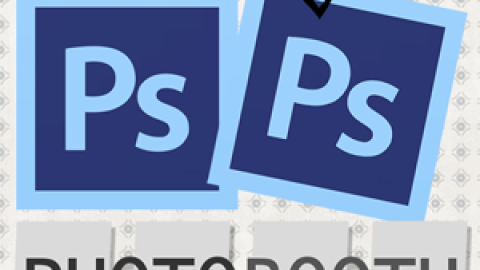We've all been there, you arrive and setup your photo booth getting everything setup to perfection and then bam someone kills all the lights in the place leaving you to scramble to attempt to get your settings dialed in. If you are new to the photo booth industry this can leave feeling like your stomach is in your throat. Well at least that is how it left me feeling early on.
If your photo booth uses a D-SLR camera such as the Canon Rebel series you have plenty to work with.
While each photo booth will vary in design and the components in them, they do tend to have the following components. A D-SLR camera such as the Canon Rebel or the EOS X0D series (mine use EOS 50D's) and a flash unit with some sort of diffuser. Even if your booth doesn't have these exact components making the adjustments I am going to give should help you.
This is not a bullet proof method just one that I use, so please do not expect your results to be the same.
Let me start off by describing my booth's setup. My booths all have a Canon EOS 50D D-SLR camera and an AlienBees B400 by Paul C Buff (a product I completely recommend) . The booth's top cabinet is lined with white and a large 36″ x 20″ frosted acrylic window is at the front. The light is faced to the rear of the cabinet. This combination has given me great flexibility in many different lighting conditions over the years.
I run my cameras in manual (M) mode with the lens set to manual focus. Auto-focus can give inconsistent results in low lit venues.
The following settings are where I start and actually make no adjustments I would say 50% of the time.
Camera Settings:
- Shutter speed 1/250
- ISO 400
- Aperature F/7.1
Flash Settings:
- 1/2 power
When I run into a venue where lighting is poor I try to adjust for it first through the camera and lastly by increasing the flash power.
1) The first place I start is by bumping my ISO setting until I reach ISO 1600. Depending on your camera you may or may not be able to use an ISO this high without having grainy pictures.
2) If increasing my ISO doesn't produce properly exposed images I next move my shutter speed to 1/200.
3) If the images are still under exposed I will open the aperture up to F/6.3. If I open the aperture more then manual focus get less reliable within the booth.
4) As I mentioned earlier as a last resort I bump the flash until proper exposure is achieved.
Do you have a method you use to achieve proper exposure in your photo booth? Join in the conversation below and share your experience.


